Sycnhronization of city rhythms: Klekovaca Tourist Centre.
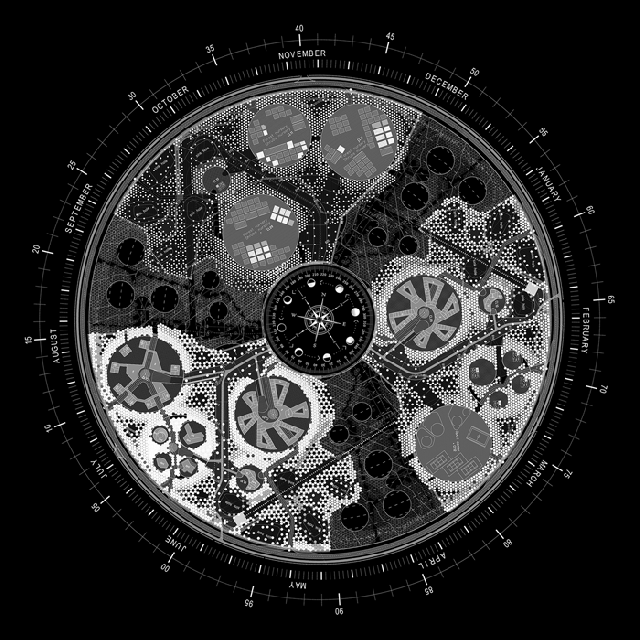

Sycnhronization of city rhythms: Klekovaca Tourist Centre.

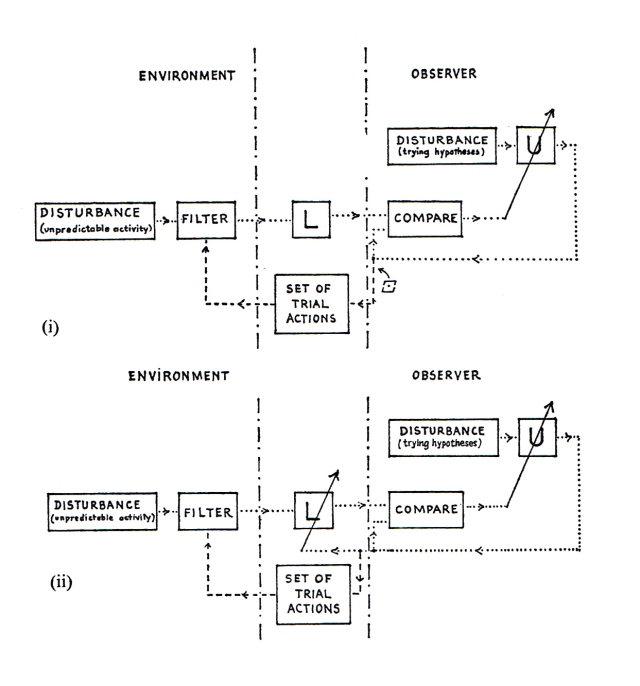
Gordon Pask defined cyberarchitecture as a system structured by the following stages:
Pask defines the selection of invariants and the evolution of the system as a relation between its stability and its transformation. Thus, cyberarchitecture can be understood as an open system in continuous interaction with the environment, between the system and the eco-system, whose main characteristic, complexity, requires the formation of an interdisciplinary structure.
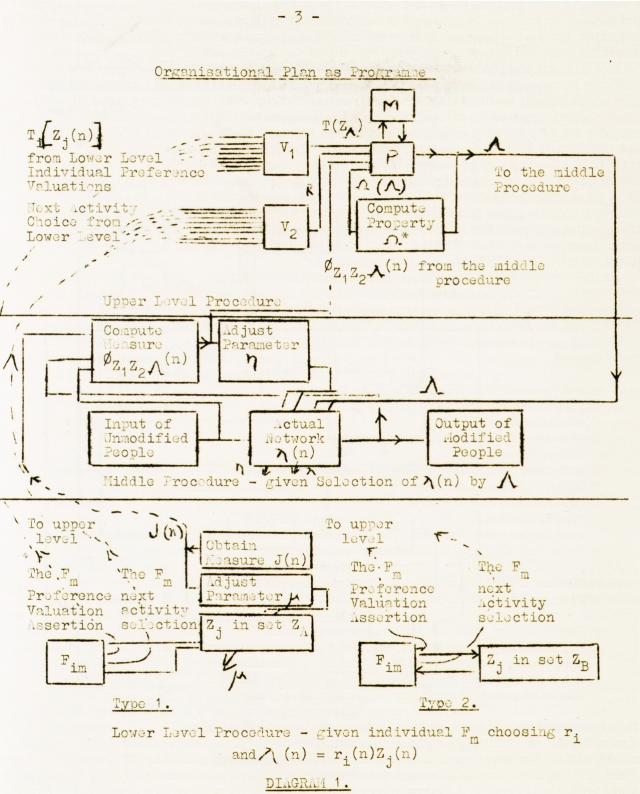
During a fertile period of fifteen years between 1954 and 1959, it was set up a change of paradigm from the conservative models established by the modern movement to self-organized systems. This deep transformation can be explained from two complementary points of view: on the one hand the manifestos that emerged against the closed systems and on the other hand the influences of the scientific theories related to open and complex systems.
Six interdisciplinary manifestos that emerged from biology, chemistry, cybernetic, self-organization will change the direction of the new urbanism: Doorn Manifesto (1954), Open Form Manifesto by Oskar Hansen (1959), the Mobile Urbanism Manifesto by Yona Friedman (1959), the Additive Architecture by Jorn Utzon (1958-1970) and finally the provocative manifesto-experiment “Non-Plan: An Experiment in Freedom” by Paul Barker, Peter Hall, Reyner Banham and Cedric Price.
Written by Manuel Perez Romero, the whole article can be read in:
Click to access 015_Perez_Romero_Manuel.pdf
Among the many different factors that condition the building position and orientation is the relation between Spatial Openness and Sun Orientation.
Spatial Openness is not just a morphological parameter but a ratio between density and compactness. It is a tool to make apparent the potentiality of open spaces.
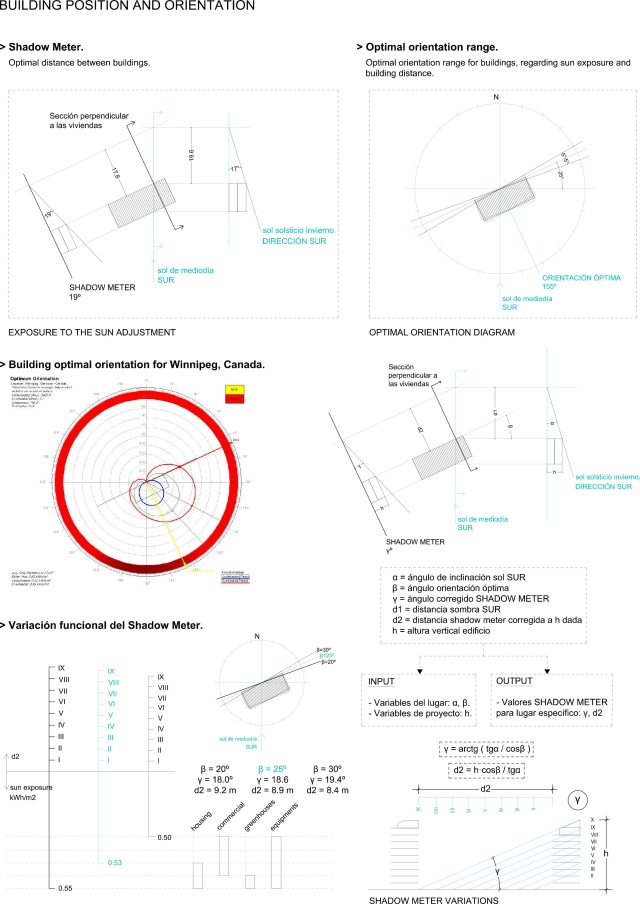
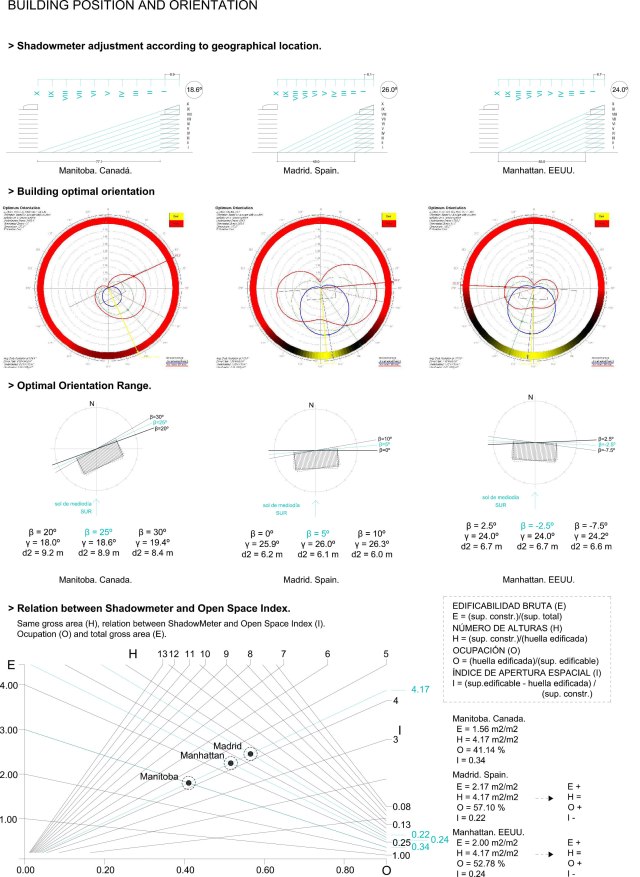

Klekovaca Tourist Centre by nodo17 group.
Forest Ring have been designed according to evolutionary principles. Our aim is to adapt to current Kozila Ecosystem and at the same time allow flexibility to developers. Forest Ring is a resililent structure able to evolve over time and to adapt to future requirements and changes. Unlike traditional urban planning, evolutionary design works with time as one of its most important tools. Time, change and evolution are three names for the same concept. There is a deep relation between time and creation. As Henri Bergson used to say duration lies on creativity.
Most of times, big scale projects, as in the current case, will change over time and probably they will not be constructed as it was originally designed. This changes over time could be traumatic unless you integrate the ability for change and transformation under the design process. This is what evolutionary design is for.
Evolutionary design requires a holistic approach to urban design. Probably it is the only way to face the complexity of a long process over time. So many are the layers of complexity as the duration of urban development over the years. In this regard, our first objective is to set up the tools required to work with time and evolution.
Our first reference is the current Kozila Ecosystem. It is a highly complex structure able to evolve and adapt over time. We need to learn from it and try to synchronize our design with it. From the seasonal changes to the tree growth, there are many different rythms of time inside Kozila Ecosystem. We know there are many more rythms, but it is neccesarry to reduce them in order to synchronize our design with them. The Forest Ring is a great opportunity to work with time and to integrate with Kozila natural ecosystem. Thus, Forest Ring has been designed according to previous rythms. In other words, Forest Ring is the metronome of the future construction and development of Klekovaca Urban Zone. It set the pace and we need just to follow it.